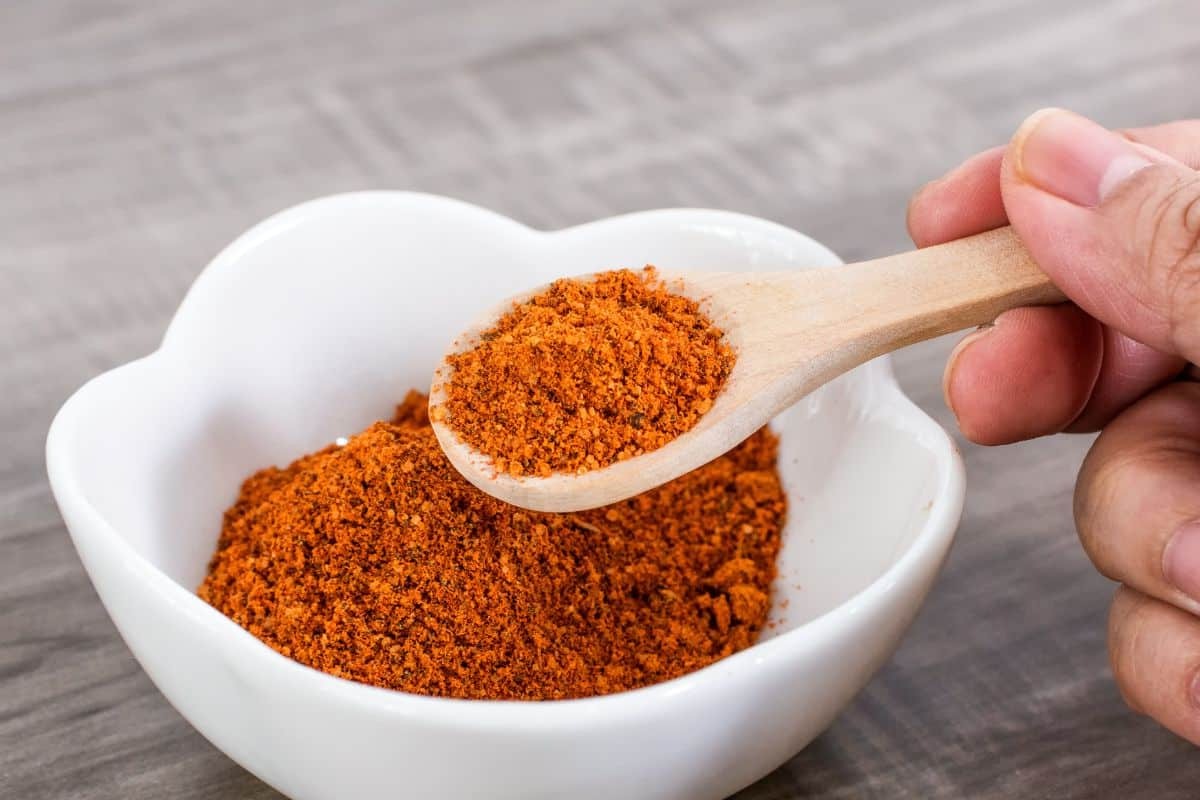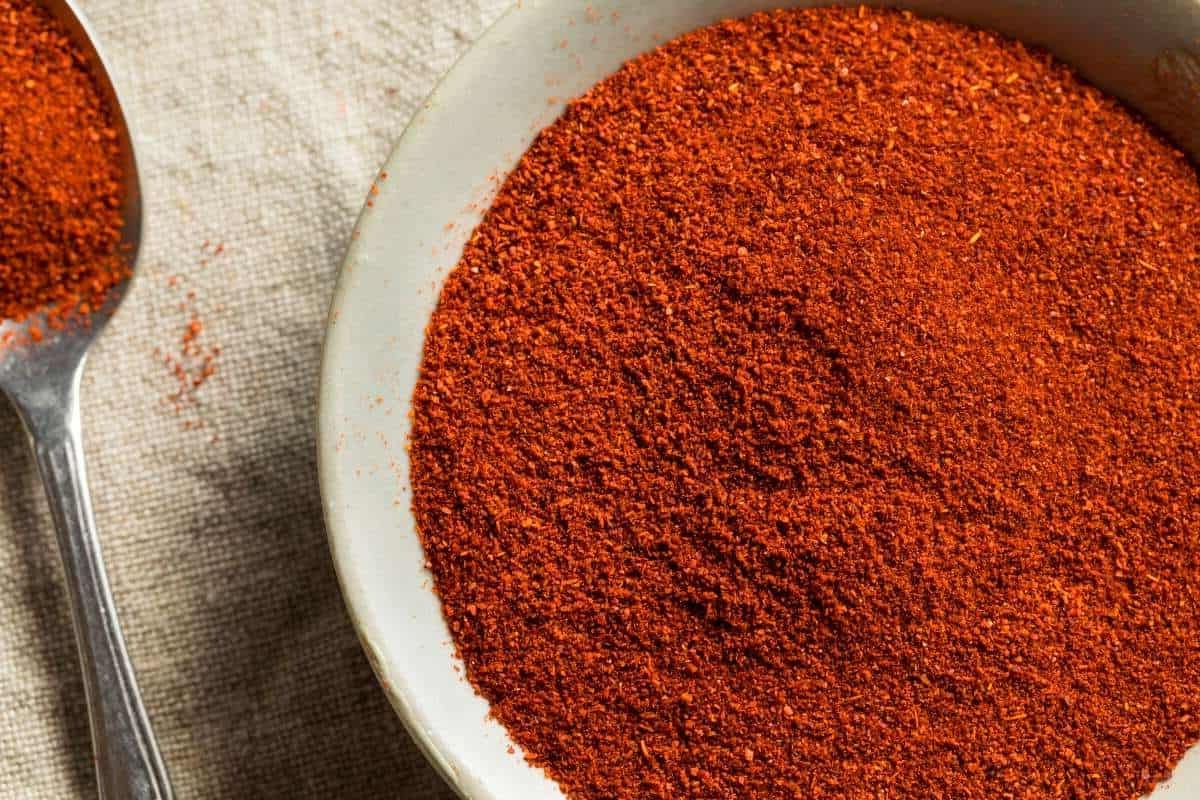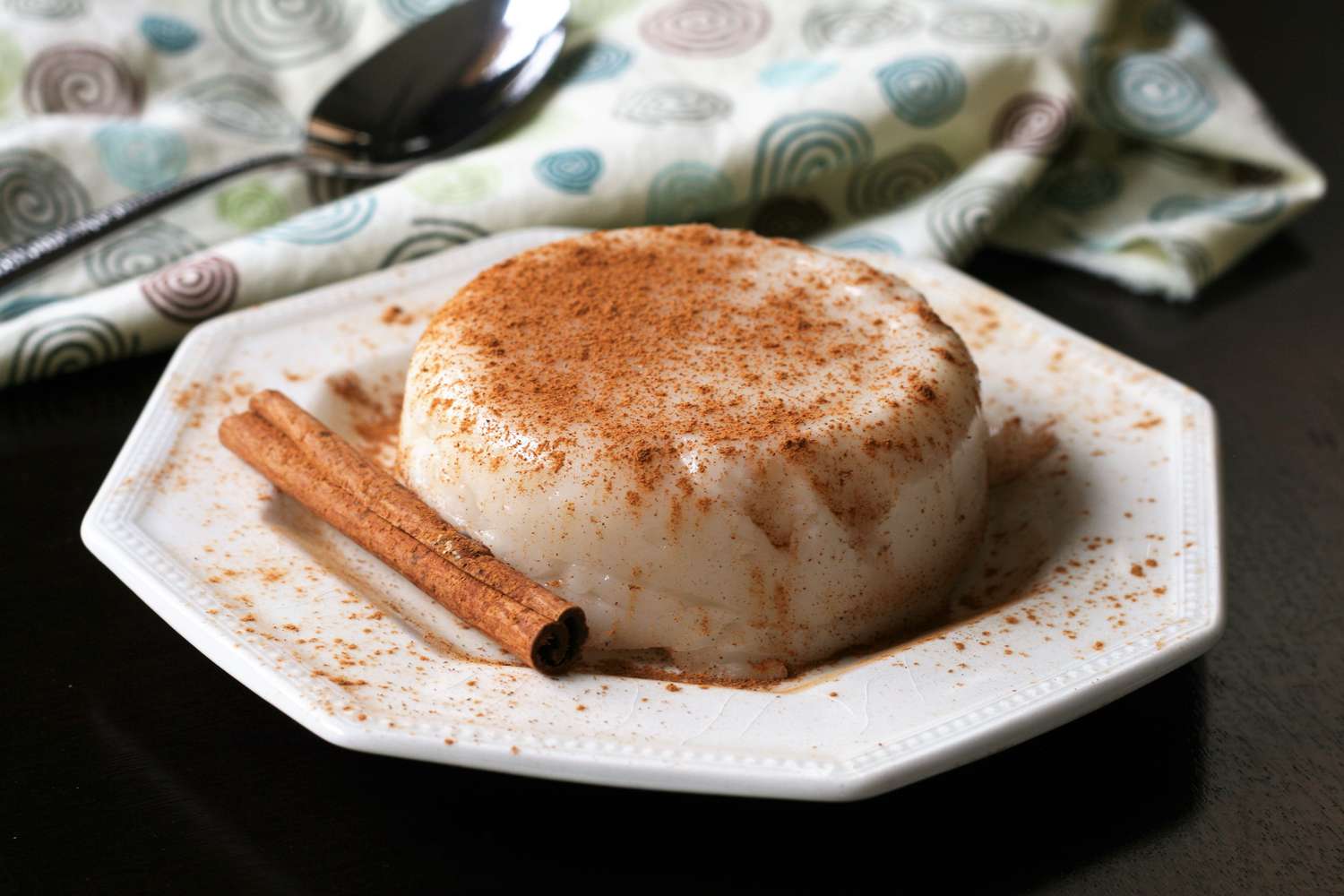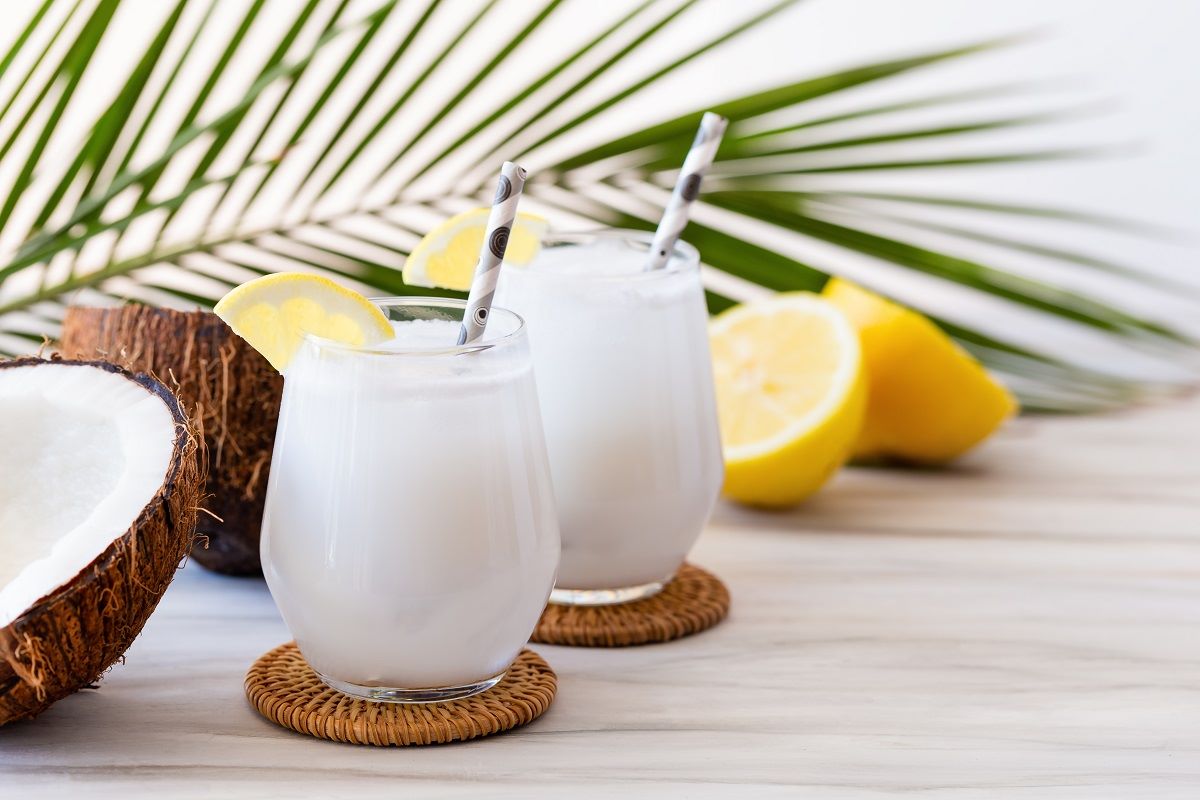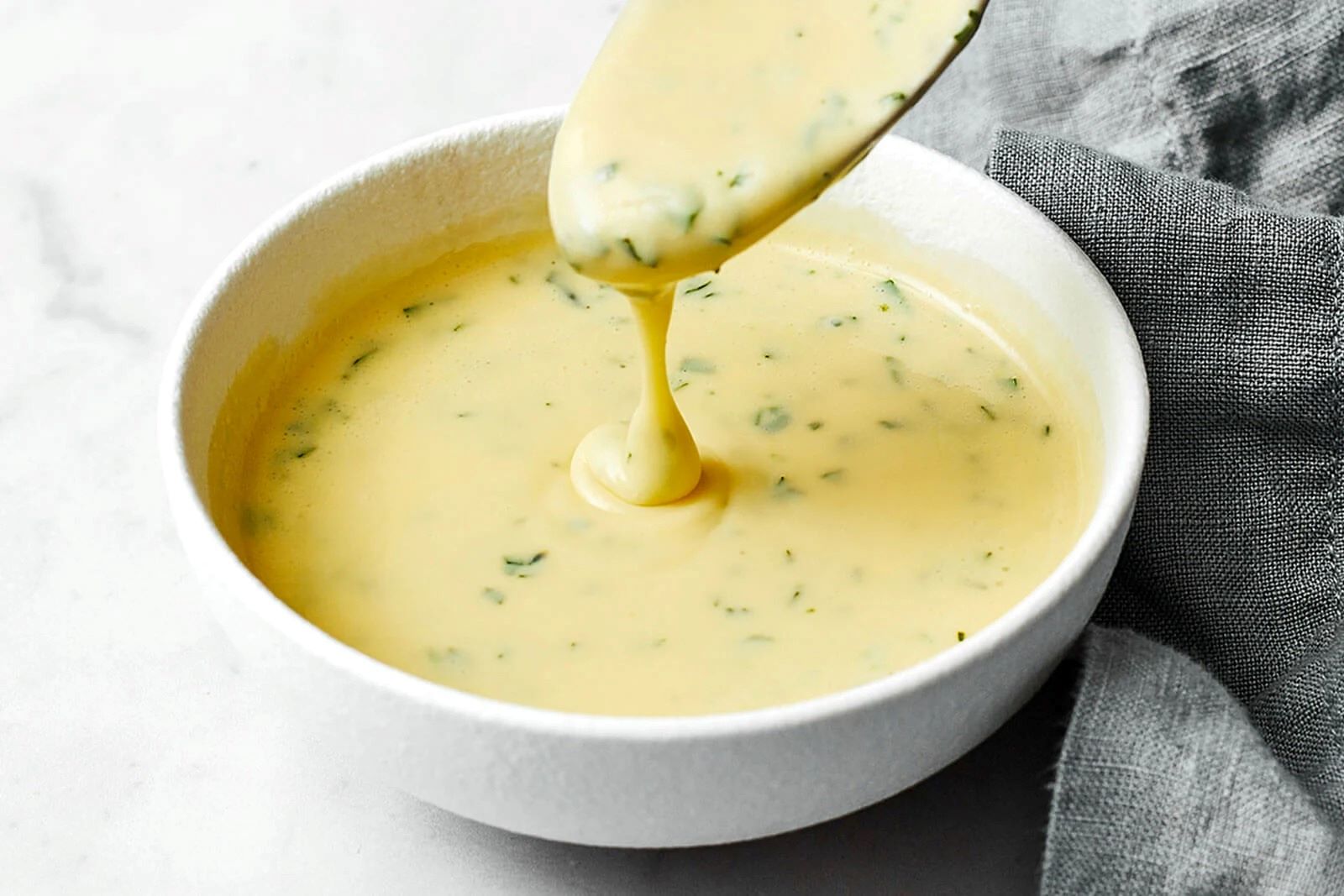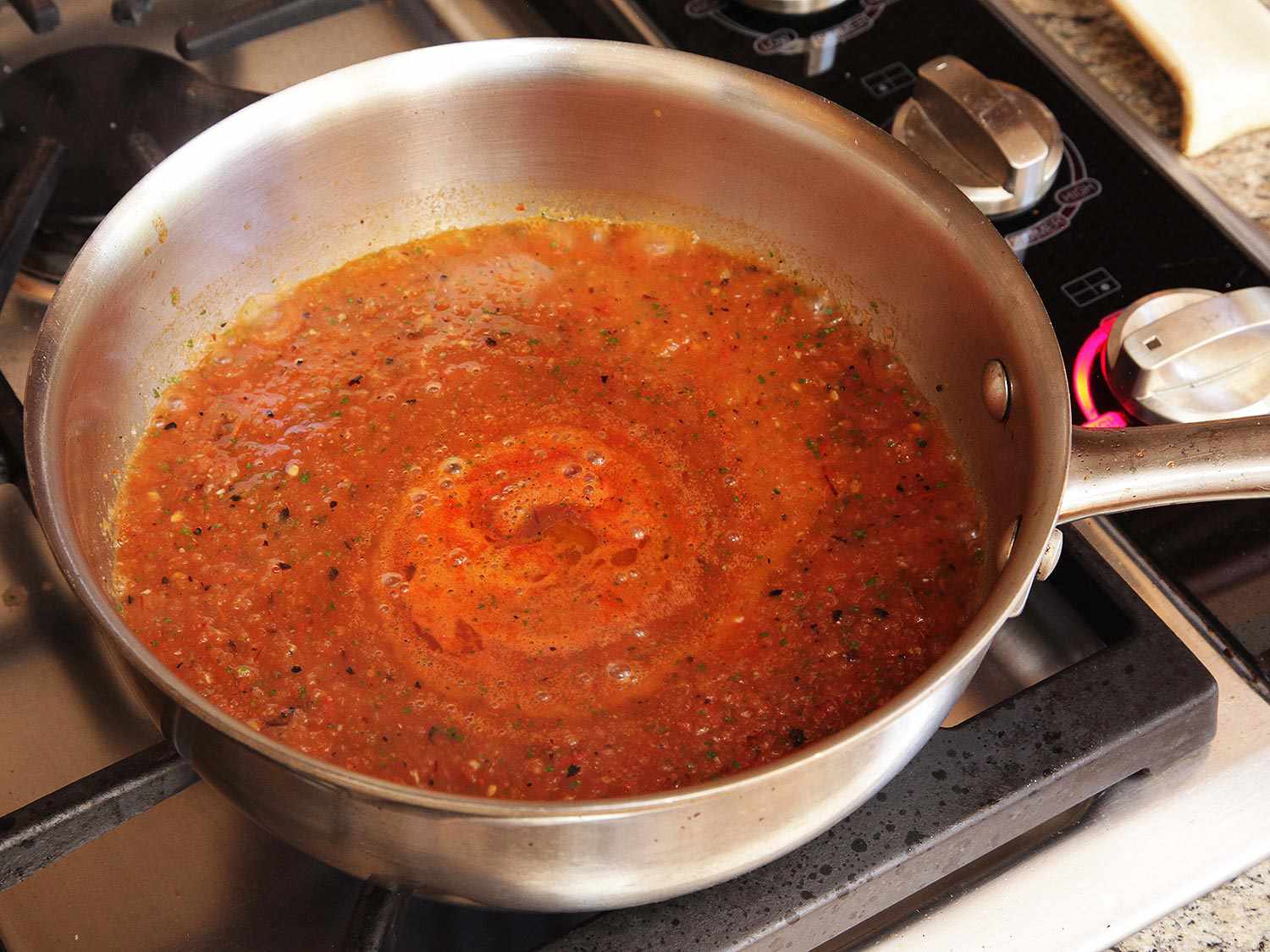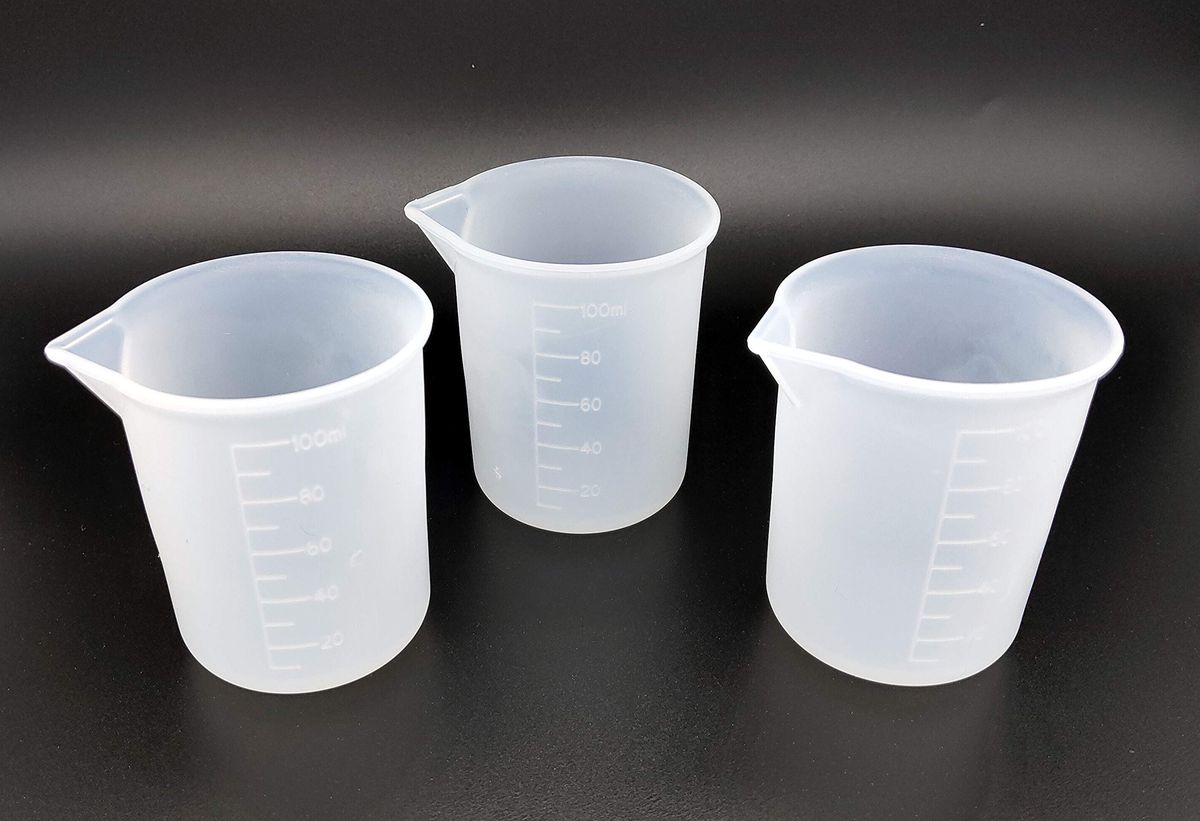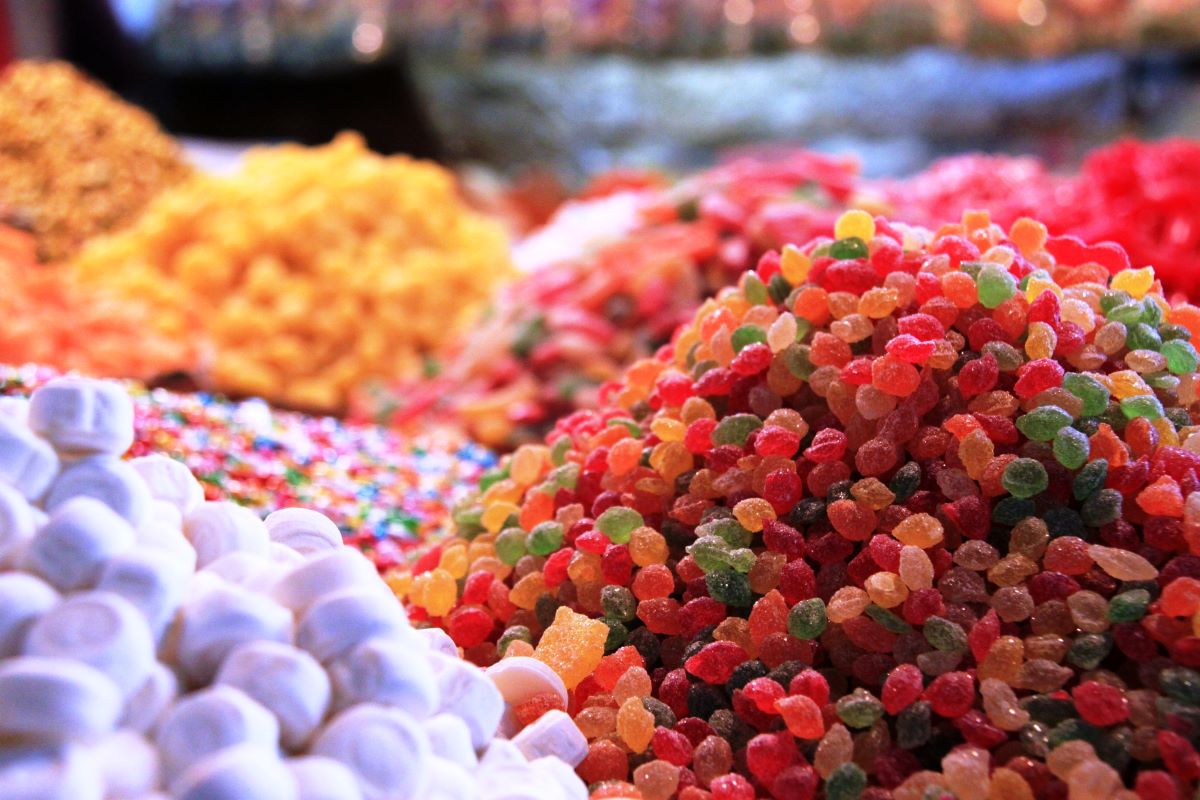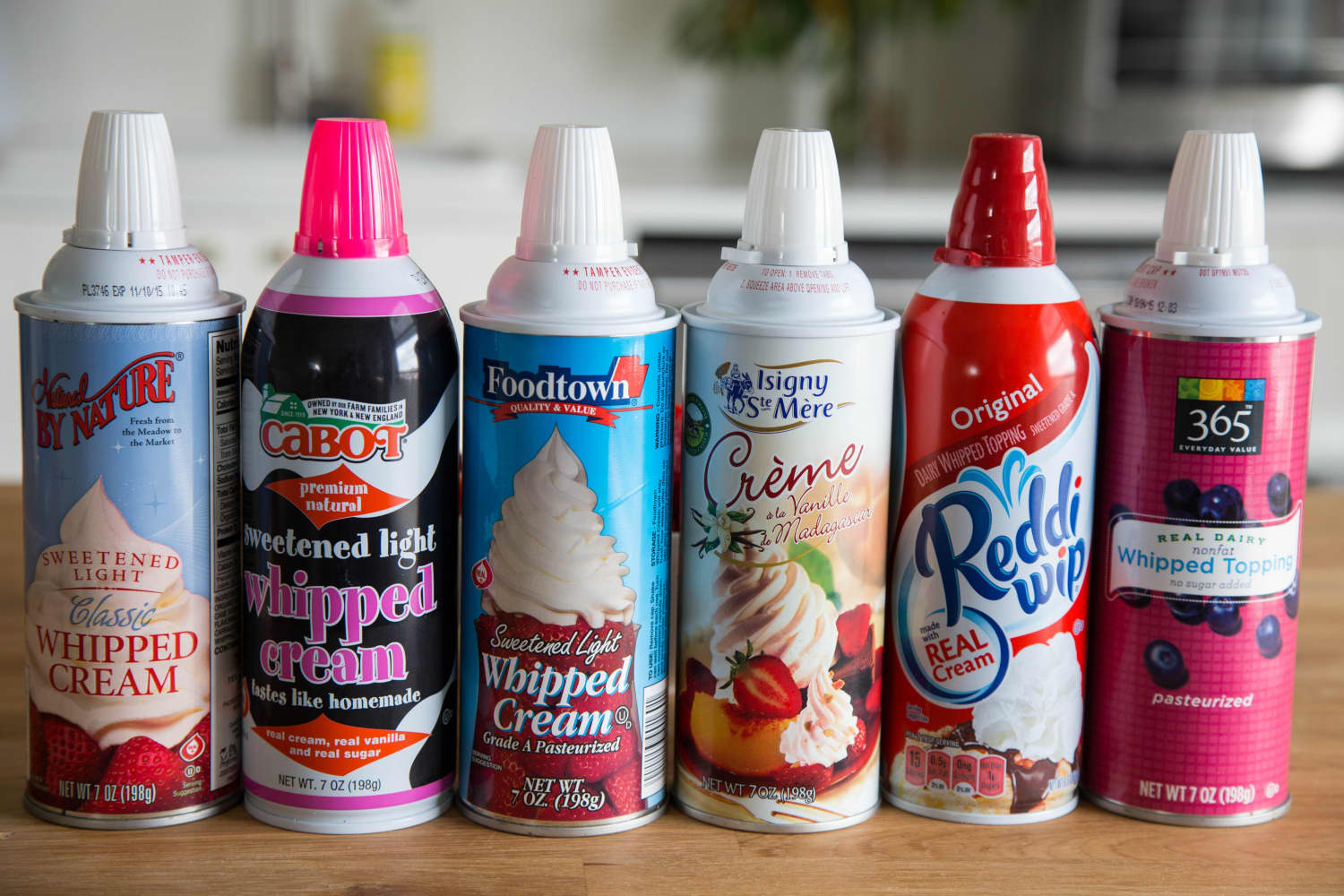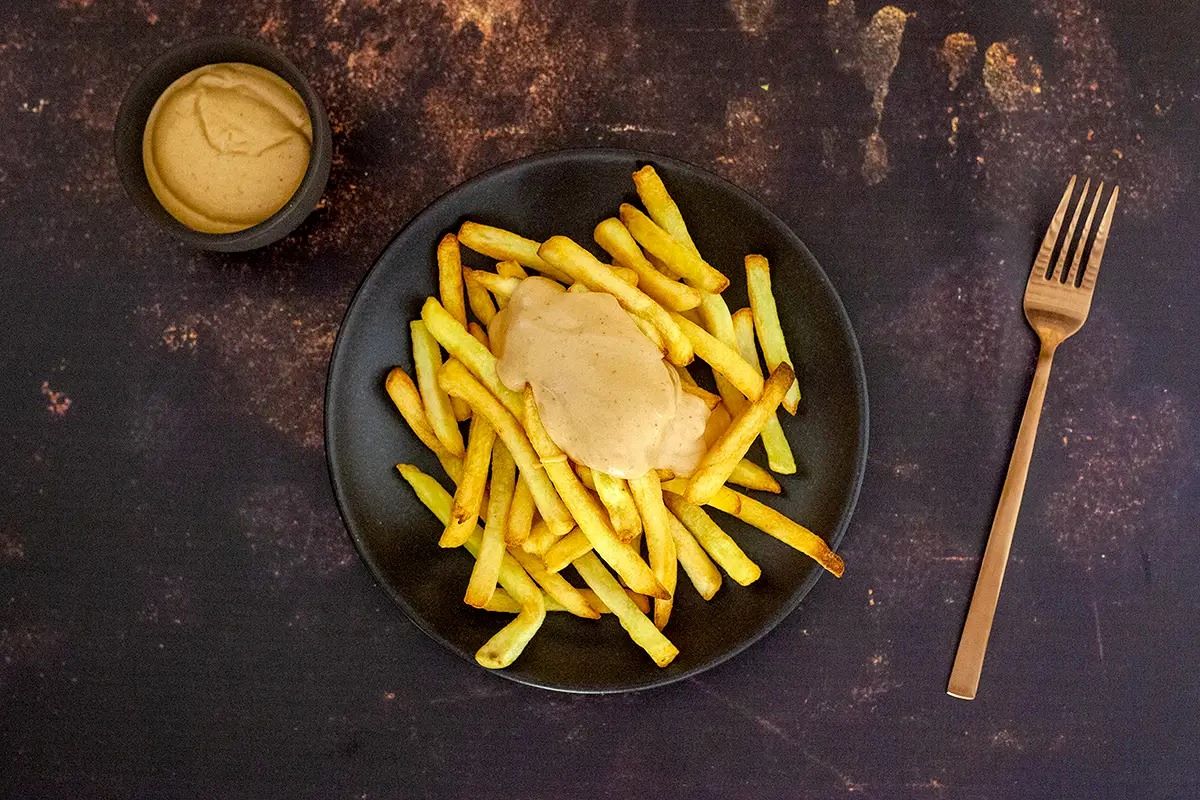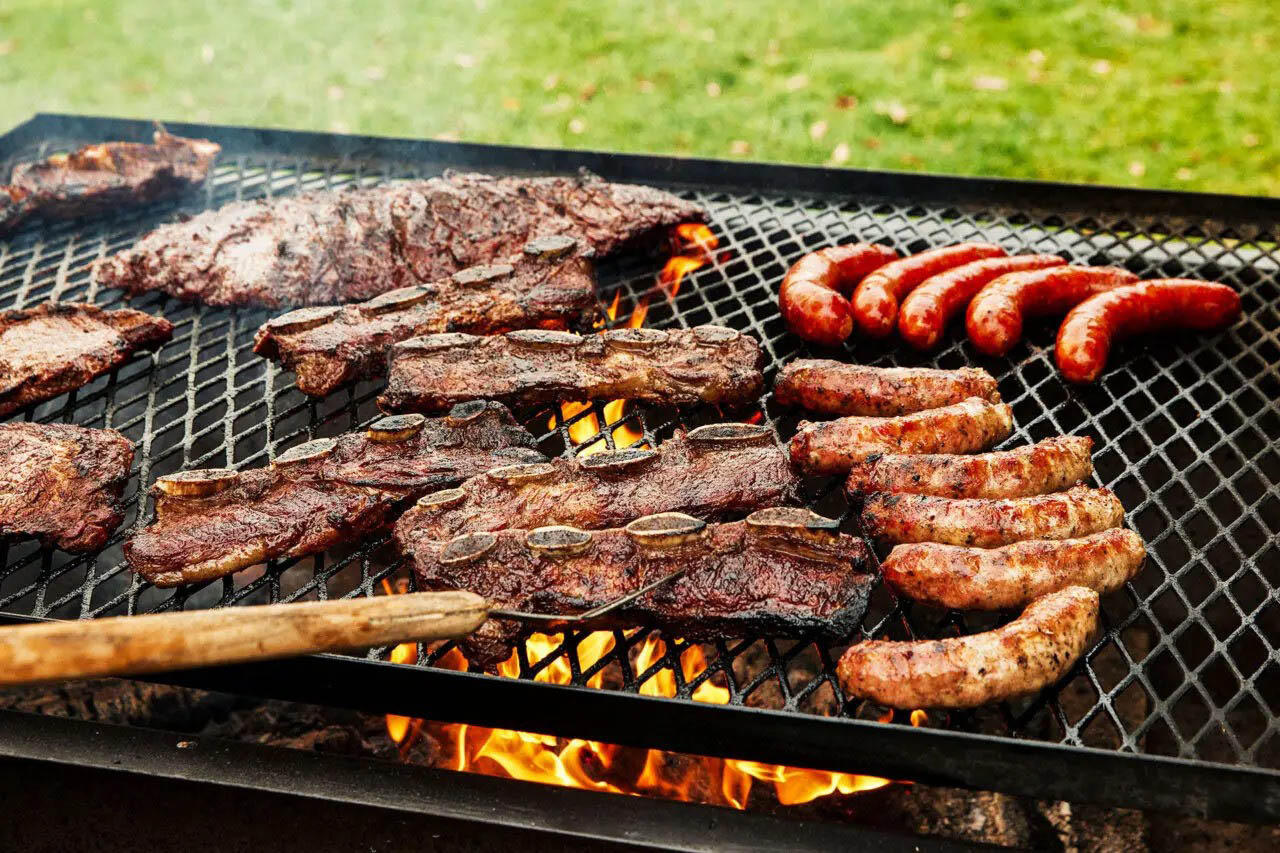Understanding Bound Salads: A Delicious and Versatile Dish
When it comes to salads, there are countless variations to explore. From leafy green salads to pasta salads, the options are endless. One type of salad that often piques curiosity is the bound salad. But what exactly is a bound salad?
A bound salad is a type of dish where the ingredients are “bound” together with a dressing or a thickened sauce. This can include a wide range of ingredients, such as vegetables, fruits, proteins, and starches, all held together by a cohesive mixture. The binding agent can vary, with popular choices including mayonnaise, vinaigrette, yogurt, or even a savory gelatin.
Key Characteristics of Bound Salads
Bound salads are known for their unique characteristics, setting them apart from other types of salads. Here are some key features of bound salads:
- Coating: The ingredients in a bound salad are coated with a dressing or sauce, ensuring that each bite is flavorful and well-seasoned.
- Texture: Bound salads often have a creamy or gelatinous texture, adding a rich and indulgent element to the dish.
- Versatility: Bound salads can incorporate a wide range of ingredients, making them incredibly versatile. From classic potato salads to exotic seafood mixes, the possibilities are endless.
- Chilling: Many bound salads benefit from being chilled before serving, allowing the flavors to meld together and creating a refreshing dish, perfect for warm weather.
Popular Varieties of Bound Salads
There are numerous types of bound salads enjoyed around the world. Here are a few popular varieties:
- Potato Salad: A beloved classic, potato salad typically features boiled potatoes bound together with mayonnaise or a vinaigrette, along with additional ingredients such as hard-boiled eggs, celery, and herbs.
- Chicken Salad: This protein-packed salad combines diced or shredded chicken with a creamy dressing, often including mayonnaise, yogurt, or a combination of the two. Additional ingredients like grapes, nuts, and onions can add texture and flavor.
- Gelatin Salad: A unique twist on the traditional salad, gelatin salads incorporate flavored gelatin as the binding agent, often combined with fruits, vegetables, or even cottage cheese for a sweet or savory treat.
- Tuna Salad: Tuna salad brings together canned tuna with mayonnaise, creating a versatile mixture that can be enjoyed on its own, in sandwiches, or as a topping for crackers or salads.
Creating Your Own Bound Salad
Interested in trying your hand at making a bound salad? The beauty of bound salads lies in their adaptability, allowing you to get creative with flavors and ingredients. Here are some tips for creating your own bound salad:
- Choose Your Base: Start by selecting a main ingredient or combination of ingredients to serve as the base of your salad. This could be potatoes, pasta, chicken, seafood, or even a medley of fruits.
- Select Your Binder: Consider which binding agent will best complement your chosen ingredients. Mayonnaise, vinaigrette, and yogurt are popular choices, but don’t be afraid to experiment with unique dressings or sauces.
- Add Texture and Flavor: Enhance your bound salad with additional elements to provide texture and flavor. This could include crunchy vegetables, fresh herbs, dried fruits, nuts, or spices.
- Chill and Serve: Once your bound salad is mixed and seasoned to perfection, allow it to chill in the refrigerator to let the flavors meld together. Then, serve and enjoy!
Bound salads offer a delightful way to enjoy a harmonious blend of ingredients, all held together by a luscious dressing or sauce. Whether you’re craving a creamy potato salad or a refreshing fruit gelatin mix, bound salads provide a world of culinary possibilities to explore.
So, the next time you’re looking to elevate your salad game, consider delving into the realm of bound salads and discover the endless combinations and flavors that await!
Was this page helpful?
Read Next: What Is Beef Base
